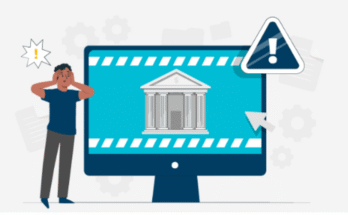Content creation has entered a new era, shaped by powerful technologies and the ever-growing demand for engaging online experiences. From short-form videos on social media to interactive livestreams and immersive digital art, creators now have access to a wide array of tools and platforms. This evolution is about creativity, but it is also about how technology enables creators to push boundaries and reach audiences like never before.
The Role of Technology in Content Innovation
Modern content creation is no longer limited to traditional formats. Advances in hardware and software have given creators powerful ways to produce high-quality material:
- High-Performance Devices: Affordable yet capable smartphones, cameras, and computers allow creators to record and edit professional-grade content.
- Creative Software: Tools like Adobe Creative Cloud, Final Cut Pro, and AI-powered editing apps streamline production.
- Cloud Collaboration: Teams can work remotely, sharing large files and editing projects in real time without delays.
These technological advancements have reduced barriers to entry, enabling more people to create and publish content independently.
Connectivity: The Backbone of Digital Creation
While hardware and software are essential, connectivity is the backbone that supports all aspects of modern content creation. Fast and reliable internet is critical for:
- Uploading Large Files: Video creators often deal with gigabytes of data that require strong upload speeds.
- Streaming: Live content on platforms like Twitch or YouTube depends on low-latency connections to avoid interruptions.
- Remote Workflows: Many creators collaborate with teams, clients, or audiences worldwide, which demands seamless communication.
For those looking to maximize their online potential, having access to a reliable fiber internet provider in Dallas ensures that every part of the content creation process, from production to distribution, runs smoothly.
Digital Platforms Expanding Opportunities
Modern platforms have reshaped how content reaches audiences. YouTube, TikTok, Instagram, and podcast networks have given creators direct access to millions of viewers and listeners without relying on traditional media channels. In addition, monetization options such as sponsorships, ad revenue, and subscription services have turned content creation into a viable career for many.
Streaming services and on-demand platforms also encourage experimentation with different formats, such as interactive stories or AR/VR experiences, which further expand creative possibilities.
Emerging Trends in Content Creation
The landscape is continuously evolving, with several trends shaping the future:
- Artificial Intelligence: AI tools are assisting with video editing, content generation, and even audience analysis, allowing creators to work smarter.
- Virtual and Augmented Reality: VR and AR are opening new frontiers in immersive storytelling.
- Short-Form Content: Platforms focused on quick, engaging videos are driving a shift toward bite-sized storytelling.
- Community-Driven Content: Direct engagement with audiences through live chats, polls, and interactive features is becoming a standard practice.
These trends reflect how technology and audience preferences work together to drive innovation.
Security and Intellectual Property Considerations
With increased digital creation comes the need for better security. Protecting intellectual property, securing cloud accounts, and maintaining safe online interactions are now critical parts of the process. Creators must remain informed about best practices to safeguard their work and personal data.
Final Remarks
Modern content creation thrives at the intersection of creativity and technology. High-performance devices, advanced software, and strong internet connectivity empower creators to deliver compelling content across multiple platforms. As emerging technologies like AI and VR continue to redefine what is possible, the digital frontier will only expand, offering endless opportunities for those ready to explore it.




